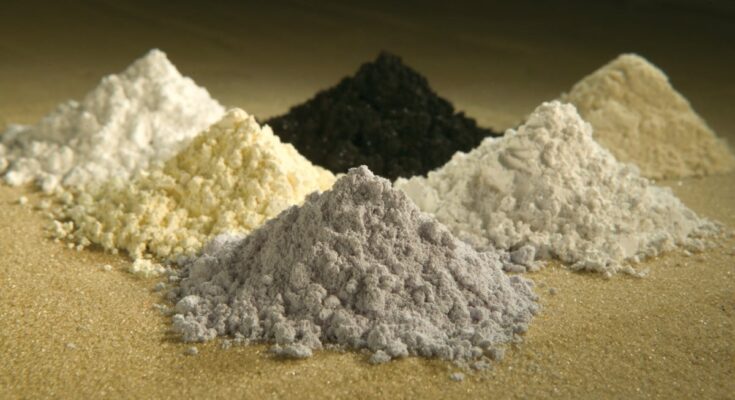Norway recently announced it discovered Europe’s largest proven deposit of highly prized rare earth metals, a group of 17 elements that are essential for a wide range of modern technologies.
While they’re called “rare earth,” they’re not particularly rare in the Earth’s crust. However, they are often found in low concentrations and are difficult to extract and purify.
CNBC reported recently that the deposits are one of the few not owned or controlled by China. “The discovery of continental Europe’s largest rare earths deposit is considered a welcome boost in Europe’s bid to break China’s rare earths dominance,” it said.
Demand for rare earths and critical minerals is expected to grow exponentially in the coming years as the clean energy transition picks up pace.
Rare earth metals include Lanthanum which is used in batteries and catalytic converters, Cerium, used in catalytic converters and polishing compounds, Neodymium which is known for its powerful magnetic properties, used in magnets for electric motors, speakers, and headphones, Dysprosium, used in strong magnets and lasers and Europium for fluorescent lights and color television screens.
Rare Earths Norway said in a June statement that its Fen Carbonatite Complex in the southeast of the country boasts 8.8 million metric tons of total rare earth oxides (TREOs) with a reasonable prospect for economic extraction.
Within the TREOs, the company claimed there is an estimated 1.5 million metric tons of magnet-related rare earths that can be used in electric vehicles and wind turbines.
The discovery eclipses a massive rare earths deposit found last year in neighboring Sweden.
Alf Reistad, CEO of Rare Earths Norway, told CNBC that the discovery at Fen represents a “great milestone” for the company.
“It is important to state that there is absolutely no extraction of rare earth elements in Europe today,” Reistad said.
China dominates the market for Rare Earth Metals
Although rare earth metals are not geologically rare, China dominates the supply chain, accounting for 70 percent of global rare earth ore extraction and 90 percent of rare earth ore processing. Notably, China is the only large-scale producer of heavy rare earth ores.
A report by the Oxford Institute for Energy Studies says that this dominance has been achieved through decades of state investment, export controls, cheap labor and low environmental standards.
It adds that due to the growing demand, Western countries have started to develop strategies to reduce supply chain risks.
Measures include promoting the opening of new mines and processing plants – including in third countries – technology measures to reduce demands, recycling, and international collaboration.
Whilst these steps are likely to yield benefits in the long-term, the lead times for most of these initiatives will prevent China’s dominance of the supply chains being significantly diminished before 2030, the report notes.



